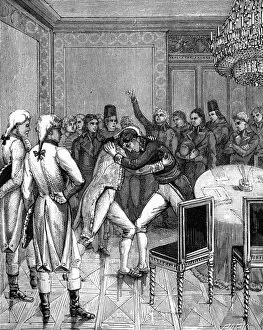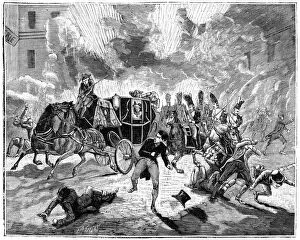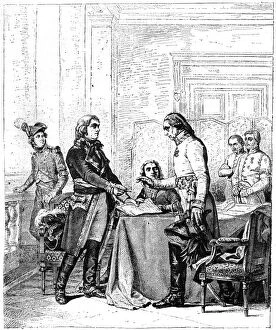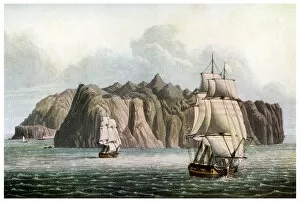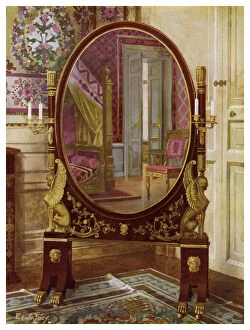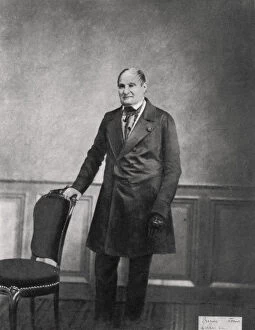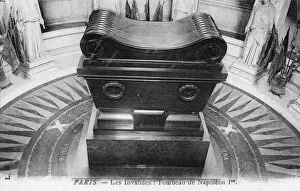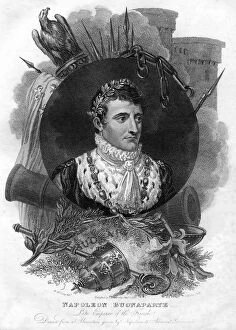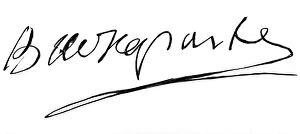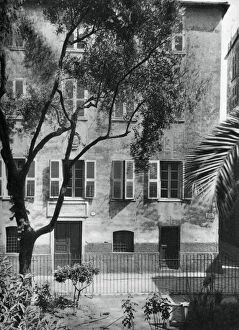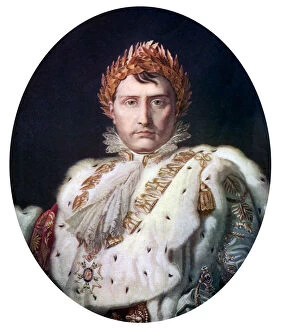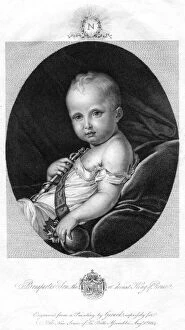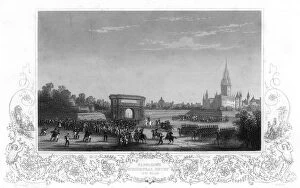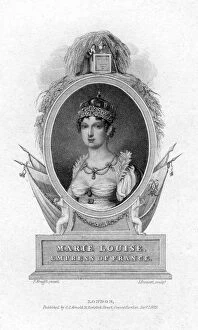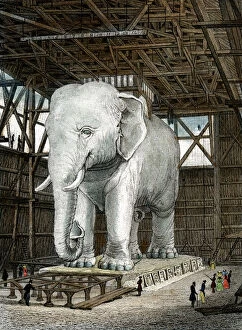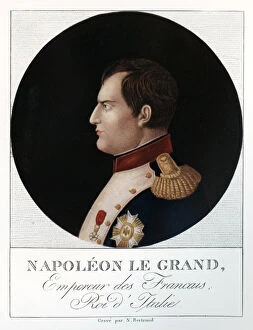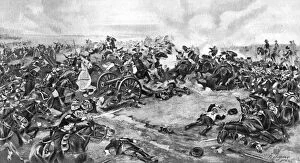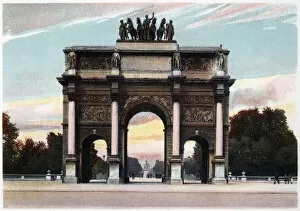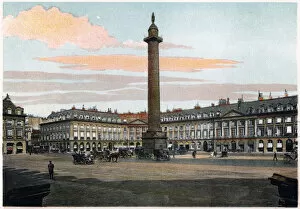Napoleon I Collection (page 45)
"Napoleon I: A Legacy of Ambition, Conquest, and Exile" Step into the world of Napoleon Bonaparte
All Professionally Made to Order for Quick Shipping
"Napoleon I: A Legacy of Ambition, Conquest, and Exile" Step into the world of Napoleon Bonaparte, a man whose name echoes through history as one of the most influential figures in European history. From his early days as a young student to his final moments on the remote island of St. Helena, Napoleon's life was filled with triumphs and setbacks that shaped an era. In this captivating journey, we witness Napoleon's military genius unfold on the battlefield. The Map of the Battle of Waterloo takes us back to that fateful day in 1815 when he faced defeat against a coalition force determined to end his reign. Yet it is also here where we see his indomitable spirit rise again, refusing to accept defeat even in exile. The lithograph depicting a young Napoleon studying reveals his insatiable thirst for knowledge and ambition from an early age, and is this hunger for greatness that propelled him forward, transforming him from a Corsican outsider into one of France's greatest leaders. As we delve deeper into his story, we witness pivotal moments such as when he boards the Northumberland for his journey to St Helena - marking both an end and a new beginning. Longwood becomes our window into Napoleons' residence at St Helena; it offers insight into how he coped with isolation while still maintaining influence over those around him. The Battle of Austerlitz showcases Napoleon at the height of his power - outmaneuvering enemies with tactical brilliance and securing victory against all odds. We catch glimpses of this strategic mind throughout history; whether it be Bonaparte checking French retreat at Marengo or paying homage at Frederick the Great's tomb. However, not all depictions are flattering; "The Corsican Spider in His Web. " cartoon portrays him as cunning yet dangerous - highlighting both admiration and fear surrounding this enigmatic figure who reshaped Europe forever.


